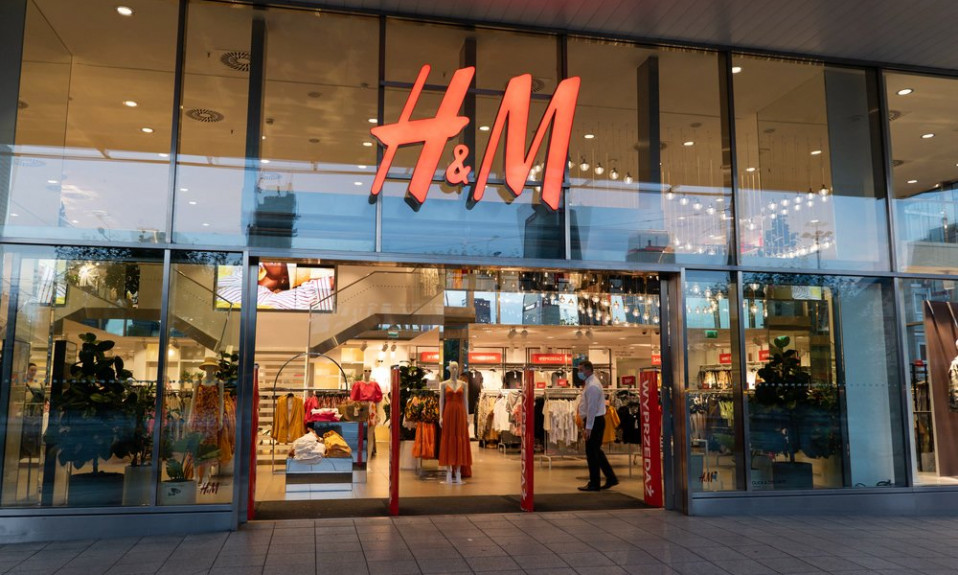Returning customers prompt changes to retail stores

H &M and Zara are among several large retailers in India revamping their mega stores to lure customers as the abatement of the pandemic leads to a resurgence of in-store shopping. The trend is not new as retailers tend to upgrade their stores every few years to keep up with changing trends. However, there is a renewed focus now on store upgrades as retailers seek to compensate for lost time and capture the attention of shoppers.
Many large retailers are currently undergoing store renovations. Brands such as United Colours of Benetton, Starbucks, and Lifestyle are also revamping their stores to create a more modern and welcoming shopping experience for customers.
For example, H&M recently upgraded its store in Saket, New Delhi after adding its H&M home collection to the outlet. The company claimed that the store, which first opened in 2015, now offers a new and elevated fashion experience to customers.The store’s new facade, lighting, and fixtures are designed to create a vibrant and welcoming atmosphere, said Yanira Ramirez, country sales manager, H&M India. Spread over 2,730 square metres and designed with the latest interior trends, the store at Select Citywalk offers a “modern, inspiring, and welcoming shopping experience”, he said.
Last year, H&M did a similar exercise at its store in Vasant Kunj, also in New Delhi. The fast fashion retailer may make upgrade more stores gradually.
Meanwhile, United Colours of Benetton is revamping stores to offer new styles to customers and increase the focus on women’s wear, which now occupies half of the floor area. By December-end, half of the stores will be in line with the new design theme. “A lot of renovations and refits got put off by two-to-three years, so they have back come in bulk now. There is a big chunk due for renovation. I think competition is also increasing in retail experiences, overall,” said Ramprasad Sridharan, chief executive officer and managing director, Benetton India Pvt. Ltd.
The company overhauled its business post-covid by closing a few stores and making others larger and differentiated.
The pandemic has also led brands to relook their retail strategies and elevate shopper experience, and exit loss-making stores. Meanwhile, competition has intensified too. For instance, Gap reopened stores in India earlier this year, and Uniqlo made its India debut in 2019. Standalone beauty chains have also taken up premium space in malls, apart from brands such as Birkenstock, Tira, and Mango Man who are expanding their presence.
On Thursday, Spanish fashion retailer Zara reopened its refurbished store at Mumbai’s Phoenix Palladium Mall. The store is spread over 26,000 sq ft and spans three floors.
“The new store features the latest technological innovations from Zara’s integrated online and physical store platform. It reflects Inditex and Zara’s current strategy of opening stores in a bigger format that are equipped with the most efficient technological tools so that customers can live the fashion experience in a spacious, innovative and sustainable environment. The quality of space is a vital part of the concept,” the company said. This follows Zara’s reopening of a refurbished 25,000 sq feet store at New Delhi’s DLF Promenade Mall last October.
Coffee chains such as Starbucks and Costa Coffee upgraded their menus and changed store layouts to appeal to younger customers. Over the last 6-8 months, Coca-Cola Company-owned Costa Coffee has redesigned some stores, adding individual workspaces and community tables. Of the 60 new stores opened in the last year in India, close to 45 were modelled on the new “uplift store designs” format.
Meanwhile, Lifestyle, part of Dubai-based retail and hospitality conglomerate Landmark Group, piloted smaller-format stores in India’s tier-two markets last year.
The company innovated on the storefront and changed the way the stores appear. Typically, Lifestyle stores are 45-50,000 square feet in size, but the company experimented with smaller store formats to attract customers in smaller cities.
According to Sushant Dash, CEO of Tata Starbucks Pvt. Ltd, the product overhaul is aimed at creating newer coffee-drinking occasions and making Starbucks more familiar to coffee drinkers in India’s smaller cities. Additionally, the company has changed its store design philosophy, with newer stores being brighter and more appealing to younger customers who prefer brighter spaces.
“If you see some of our older stores—that we opened in the first couple of years vis-vis the stores we have opened now—the stores are much brighter, that is a change in philosophy globally. Older stores were dark wood and more dim lighting. I think youngsters prefer something brighter and as people spend more time in Starbucks they want brighter stores,” Dash added.







